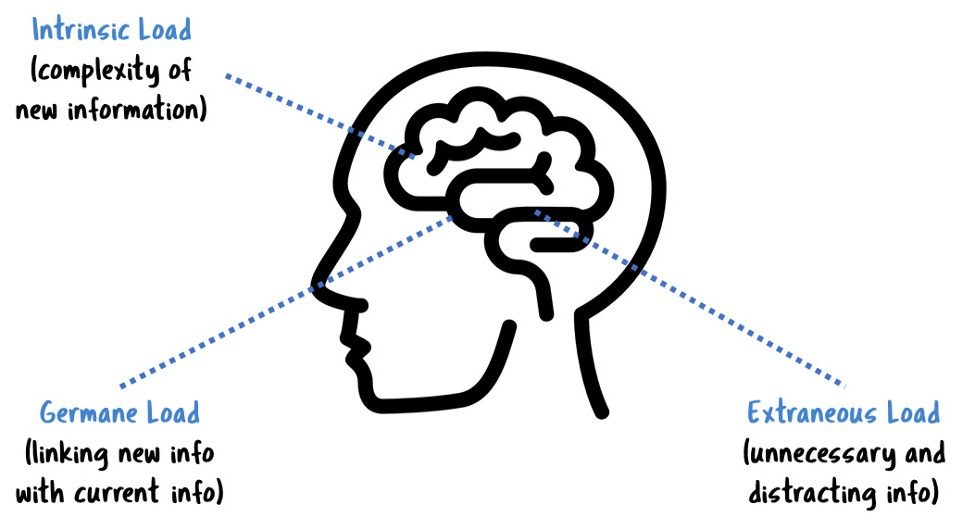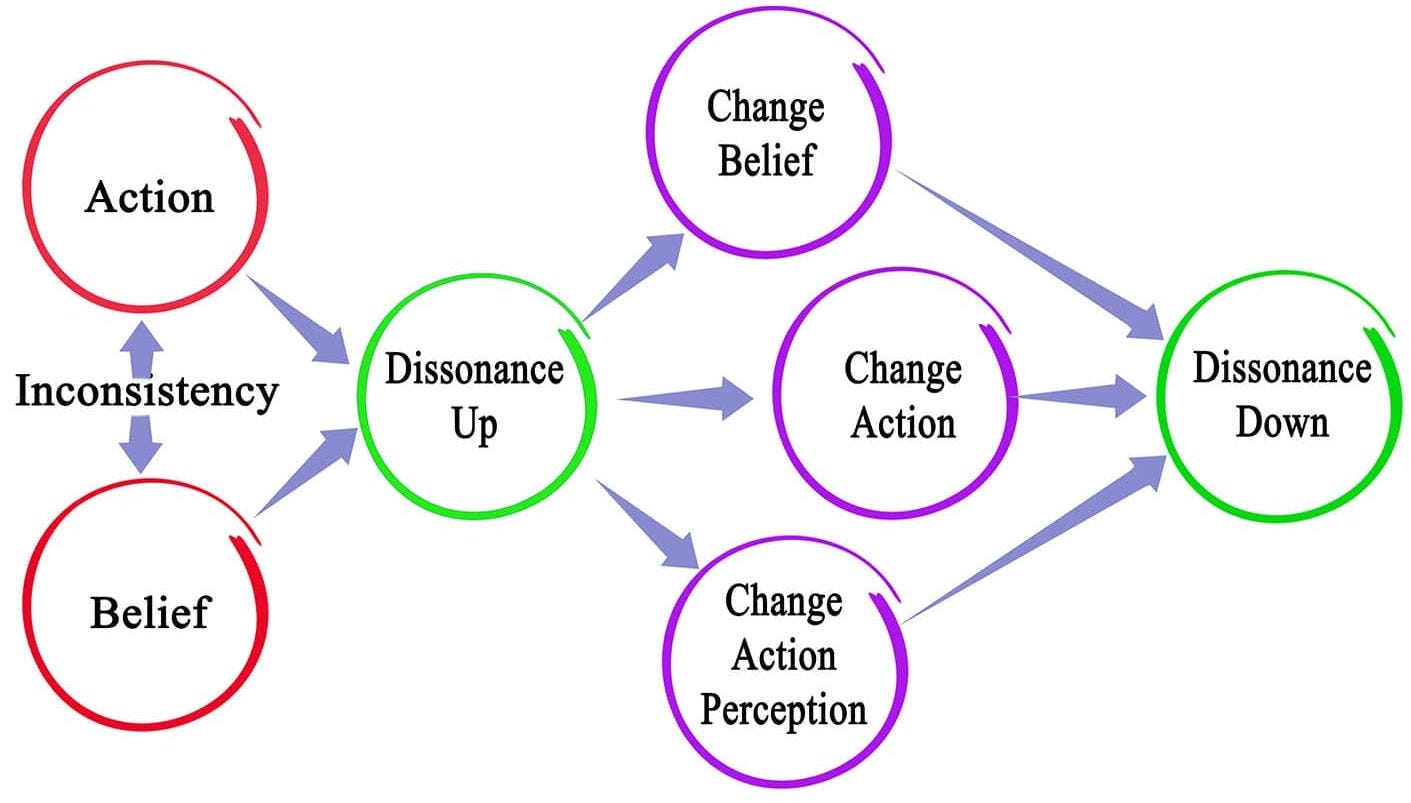Decoding the Psychology and Cognitive Science Behind Exceptional Leadership
How understanding the science of human behavior can transform your leadership and management skills from good to extraordinary.
We had a deep dive into influence with the The 5 Levers of Influence to Lead Without Power, right?
But… As leaders in a tech environment, we're constantly navigating the complex intersection of technology and human behavior.
We orchestrate teams, manage stakeholders, deliver projects, and drive innovation, all while dealing with the most unpredictable variable in any system: people.
Yet most of us have never been formally trained in the science that could make us exponentially more effective: psychology.
After mapping the Knowledge Map of Psychology, Behavioral & Cognitive Science, I thought it would be super interesting to adapt that from the leadership and management lens.
This article tries to put a small touch of pencil around these topics, that could (each one alone) evolve into a whole article or series of articles about them:
Cognitive Load Theory
Memory as Reconstructive
Change Blindness
Dual-Process Models of Persuasion
Cognitive Dissonance Theory
Social Facilitation Theory
Groupthink
Psychological Safety
Social Identity Theory
Self-Determination Theory
Mastery vs. Performance Goal Orientation
Flow Theory
Confirmation Bias
Planning Fallacy
Anchoring Bias
Sunk Cost Fallacy
Cognitive Appraisal Theory of Stress
Resilience Research
Social Presence Theory
Digital Trust Formation Models
Organizational Culture Theory
Psychological Safety at the Organizational Level
Psychology of Change Management
The field of psychology offers over a century of rigorous research into how humans think, decide, collaborate, and perform.
This isn't soft science or feel-good theory; it's evidence-based understanding of cognitive processes, social dynamics, and behavioral patterns that directly impact every aspect of leadership.
Understanding these principles isn't just beneficial for IT managers; it's becoming essential for anyone who wants to lead effectively in our increasingly complex digital landscape.
In this article, let’s cover together:
The Cognitive Architecture of Decision-Making (Free)
The Psychology of Influence and Persuasion (Free)
Understanding Social Dynamics and Team Psychology (Free)
The Neuroscience of Motivation and Performance (Premium)
Navigating Cognitive Biases and Decision Traps (Premium)
The Psychology of Stress and Resilience (Premium)
Communication and Social Influence in Digital Contexts (Premium)
Building Psychologically Informed Organizations (Premium)
The Future of Psychologically Informed Leadership (Premium)
If you’re not a subscriber, you can still grab DDL’s free guide Leading Better 1:1s. It’s packed with questions, feedback tips, and a simple roadmap for better 1:1s.
✅ Reflective questions (Quiet Leadership style)
✅ Feedback prompts (Radical Candor made practical)
✅ A simple step-by-step conversation roadmap
The Cognitive Architecture of Decision-Making
Every day, you and your team make thousands of decisions, from architectural choices to resource allocation to crisis response.
Understanding how the human mind processes information and makes decisions can dramatically improve your leadership effectiveness.
Our brains operate with limited cognitive resources.
Cognitive load theory reveals that people can only process so much information simultaneously before performance degrades.
When you're presenting a complex technical proposal to stakeholders, flooding them with details isn't just ineffective, it's counterproductive.
The most successful IT leaders learn to chunk information, present it in digestible pieces, and use visual aids to reduce cognitive burden.
This is about working with, rather than against, how human cognition actually functions.
The way we store and retrieve information also has profound implications for team management.
Memory isn't a perfect recording device; it's reconstructive and highly context-dependent.
This means that when team members recall requirements or past decisions, they're not accessing a video recording but rebuilding memories that can be influenced by current context, emotions, and intervening experiences.
Smart leaders document decisions clearly, create shared reference points, and regularly refresh team understanding rather than assuming everyone remembers things the same way.
Attention is another finite resource that requires careful management.
Our focus operates like a spotlight, and in our distraction-rich digital environment, that spotlight is constantly being pulled in different directions.
The phenomenon of change blindness shows how people can miss significant changes when their attention is focused elsewhere.
As an IT leader, this means being strategic about when and how you introduce new information, changes, or priorities.
The best managers understand that getting attention is just the first step; maintaining it requires deliberate effort and smart communication strategies.
The Psychology of Influence and Persuasion
IT leadership often involves convincing people to adopt new technologies, change processes, or support initiatives.
Understanding the psychology of persuasion can make the difference between initiatives that get enthusiastic buy-in and those that face constant resistance.
People process persuasive messages through two distinct pathways.
When they're motivated and able to think carefully, they engage in systematic processing, evaluating arguments based on logic and evidence.
But when they're busy, distracted, or the topic isn't immediately relevant to them, they rely on mental shortcuts and heuristics. This dual-process understanding means you need different strategies for different audiences and situations.
For executive stakeholders who are pressed for time, leading with credible endorsements, highlighting consensus among experts, or demonstrating social proof can be more effective than detailed technical explanations.
For your technical team, who are highly motivated to understand the details, comprehensive logical arguments with supporting evidence will be more persuasive.
The key is matching your influence strategy to your audience's processing capacity and motivation level.
The concept of cognitive dissonance also plays a crucial role in change management. When people's beliefs conflict with new information or required behaviors, they experience psychological discomfort.
Rather than changing their beliefs, they often rationalize away the new information.
Successful IT leaders anticipate this resistance and help people resolve dissonance by connecting new initiatives to existing values and goals.
Instead of simply announcing a new development methodology, effective leaders help teams understand how it aligns with their existing desires for quality, efficiency, or professional growth.
Understanding Social Dynamics and Team Psychology
Understanding group psychology can help you build more effective teams, prevent common pitfalls, and create environments where people do their best work.
Group dynamics can either amplify or diminish individual capabilities.
Social facilitation research shows that people perform better on simple tasks when others are watching, but worse on complex tasks.
This has immediate implications for how you structure code reviews, design sessions, and problem-solving meetings.
For complex technical challenges, private individual work followed by collaborative synthesis often produces better results than trying to solve everything in group settings.
The tendency toward groupthink represents another significant risk, especially in tight-knit technical teams. When team cohesion is high, members may suppress dissenting opinions to maintain harmony, leading to poor decisions and missed risks.
Effective IT leaders actively cultivate psychological safety, an environment where people feel safe to express disagreement, ask questions, and admit mistakes.
This is about creating conditions where teams can identify problems early and generate creative solutions.
Social identity theory reveals how people's sense of belonging to groups influences their behavior. When team members strongly identify with their technical specialty, department, or project, they're more motivated and engaged.
But strong in-group identification can also create us-versus-them dynamics with other teams.
Smart leaders help people develop multiple, overlapping identities, as developers, team members, and company contributors, that align with broader organizational goals.
The continuation of this amazing article is for paid subscribers. Do you want to unlock many more systems to become a better leader?
Subscribe now and get 20% off your first year.
Paid subscribers unlock:
🔐 Weekly premium issues packed with frameworks and/or templates
🔐 Access to special toolkits (check the Starter Kit already available below)
🔐 Strategic guides on feedback, influence, and decision-making
🔐 Exclusive content on career growth, visibility, and leadership challenges
🔐 Full archive of every premium post
Plus, you get a Starter Kit when you subscribe, which includes:
🔓 Feedback & 1:1: Meeting Templates, Feedback Cheat Sheet, Conversation Scenarios
🔓 Stakeholder Management & Influence: Stakeholder Power Map, Expectation Tracker, Influence Playbook, Communication Templates, Conversation Planner
🔓 Weekly Planner: Weekly Planners A & B, Time Audit & Meeting Review, Start / Stop / Continue Reflection, Leadership Focus Reset, 33 Activities for Weekly Planning
Keep reading with a 7-day free trial
Subscribe to Decoding Digital Leadership to keep reading this post and get 7 days of free access to the full post archives.









